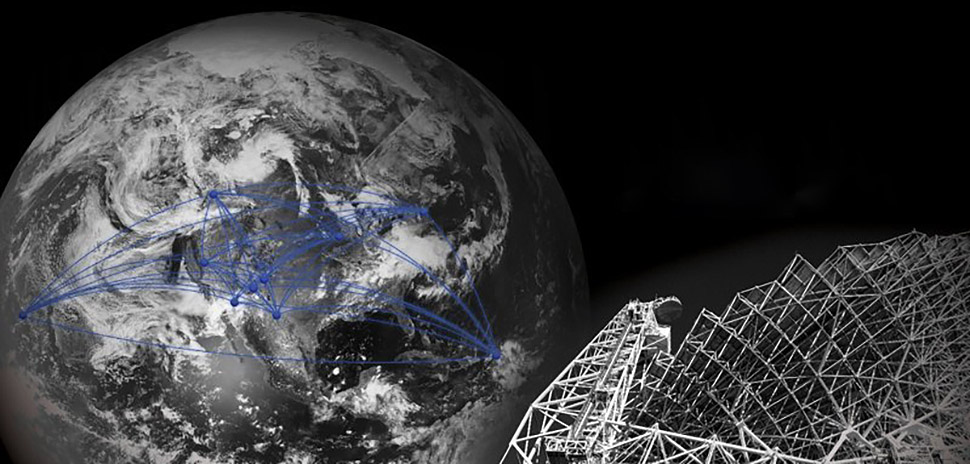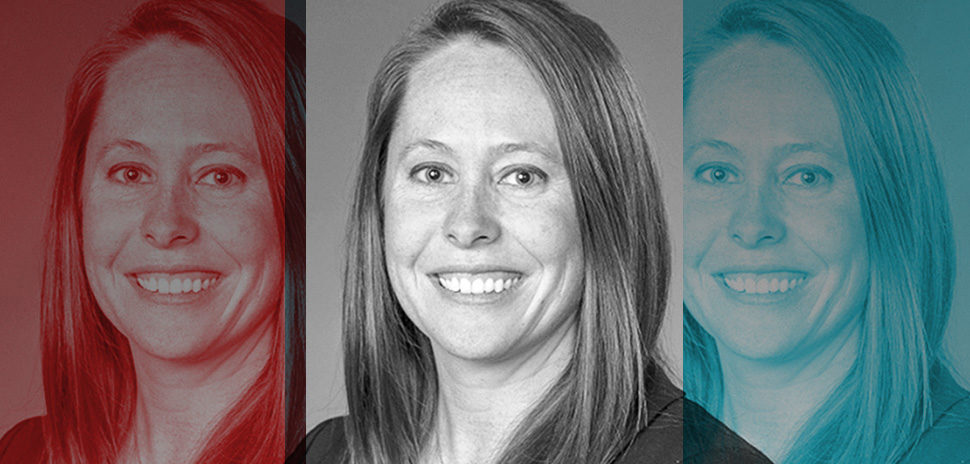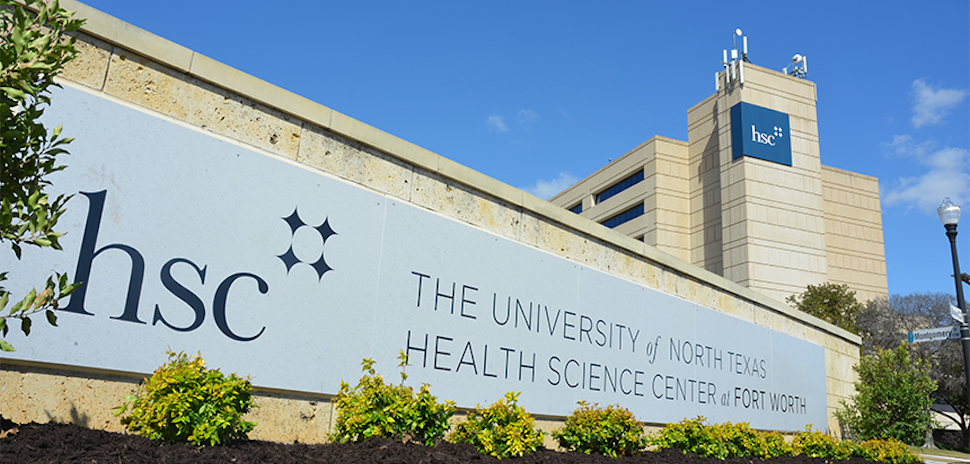Raytheon, the global tech leader in defense, civil government, and cybersecurity, has a new mission: Find dangerous near-earth asteroids.
To do so, Raytheon has entered into a cooperative research and development agreement with the National Science Foundation.
“Very energetic dusty asteroids—we’re talking from several hundred feet to miles in size—don’t reflect sunlight very well, and that makes them incredibly difficult, if not impossible to detect in our solar system,” Art Morrish, the McKinney-based vice president of Raytheon’s Advanced Concepts & Technologies said.
Morrish said its new collaboration will combine radio astronomy and radar techniques to solve for that.
Together with the National Radio Astronomy Observatory (NRAO) and the Green Bank Observatory (GBO)—both facilities of the National Science Foundation, which operates under a cooperative agreement by Associated Universities Inc.—the groups aim to detect and characterize near-earth asteroids that are large enough to cause significant damage.
The partnership involves integrating a radar transmitter into the Green Bank Telescope, then using the National Science Foundation’s Very Long Baseline Array as a receiver to create a highly detailed radar image.
The two astronomy devices will both point to the same celestial body (like the moon) when conducting radar experiments. The result of these experiments increases the chance of detecting and characterizing objects as far out as Jupiter’s orbit—and potentially farther.
Tony Beasley, director of the NRAO, said the ability to use the National Science Foundation’s radio astronomy facilities for the new research is exciting.
“This partnership between Raytheon and NRAO/GBO is one of several promising research and technology collaborations we’re exploring that may greatly benefit our next-generation Very Large Array project,” Beasley, who is also Associated Universities’ vice president for Radio Astronomy Operations, said.
Raytheon’s North Texas ties
Raytheon’s headquarters is in Massachusetts, but the tech giant has a substantial North Texas footprint—its Advanced Concepts & Technologies arm sits within McKinney-headquartered Raytheon Space and Airborne Systems. Raytheon is McKinney’s biggest employer.
Raytheon completed 2019 with $29 billion in sales and 70,000 employees.
Expanding on its already major presence here, Raytheon announced last fall that it was building a new 200,000-square-foot advanced manufacturing facility at its Space and Airborne Systems headquarters in McKinney. The new facility, expected to be completed in 2020, will add 500 high-tech jobs to the more than 3,000 employees already there.
In McKinney, the new facility will focus on intelligence, surveillance, and reconnaissance systems, including electro-optical manufacturing and the production of high-energy laser systems. But, Raytheon also has facilities in Dallas, Richardson, Plano, Carrollton, Fort Worth, and Greenville.
“This is an investment in the talented McKinney workforce,” Raytheon Space and Airborne Systems President Roy Azevedo said at the time of the announcement. “It shows we are serious about our presence in Texas and that we are here to stay.”
Alex Edwards contributed to this report.
![]()
Get on the list.
Dallas Innovates, every day.
Sign up to keep your eye on what’s new and next in Dallas-Fort Worth, every day.
































